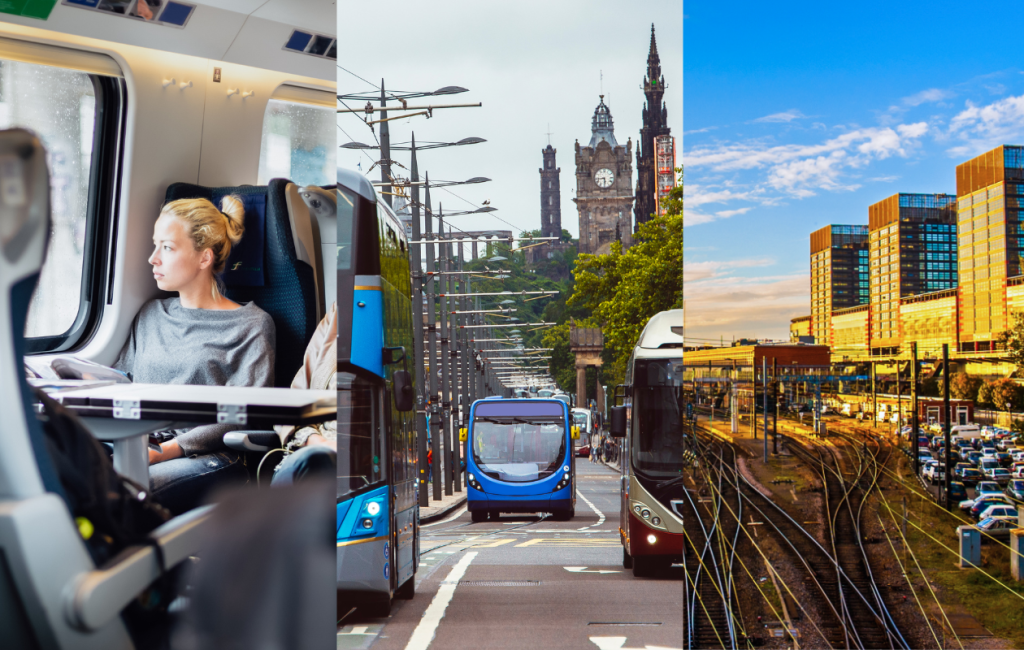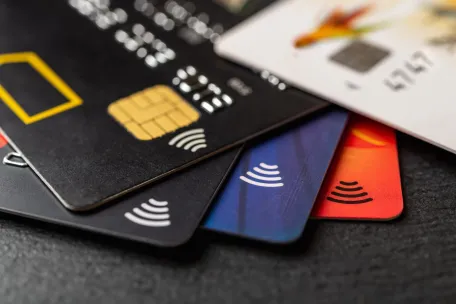Finding ways to reduce expenses on public transportation and mobility while traveling across the United Kingdom can be beneficial for both tourists and locals seeking value in their journeys. ‘Public transportation savings’ is a crucial focus for those who frequently rely on buses, trains, and other forms of local travel. It’s about making informed choices that lead to long-term financial benefits without compromising the quality of your commuting experience.
Whether you are a student, a working professional, or a visitor exploring British cities, these tips can help you navigate the UK’s extensive transportation network affordably. By understanding ticket options, exploring alternative modes, and taking advantage of special discounts, you can significantly cut down on travel costs and enjoy a smoother journey.
Smart ticket purchasing

One of the most effective methods to economise on public transport is through smart ticket purchasing. Often, purchasing tickets in advance can lead to substantial savings. For example, buying a train ticket early typically results in lower prices than purchasing it on the day of travel. Websites and apps usually provide an easy way to compare ticket prices across different times and dates, allowing travellers to pick the most cost-effective options.
Beyond advance purchases, consider using apps that provide real-time information about price changes and available discounts for your preferred routes. Promotions and off-peak travel times often offer reduced rates—perfect for those with flexible schedules. Additionally, tapping into digital passes or contactless payment systems, such as Oyster cards in London, can result in savings compared to traditional paper tickets.
Using discount cards and passes
Discount cards and passes can make commuting notably cheaper and are often tailored to specific demographics. Consider investing in a railcard if you’re entitled to one; these cards offer up to a third off rail travel and cater to various groups, such as youths, seniors, and even couples. As for buses, monthly or yearly passes can significantly cut costs, especially for daily commuters. For tourists, city passes can provide discounted access to major attractions as well as unlimited local transportation.
Beyond individual savings, group discounts are available if you are traveling with others. Buying group tickets can drastically reduce individual costs, especially on trains and certain tourist buses. Additionally, many cities offer family deals that make travelling with children more affordable. Take the time to explore and compare different discounts and passes that suit your circumstances before settling on a ticket option.
Explore alternative modes of transport
Another powerful approach to saving on transportation is exploring alternative travel options beyond mainstream public services. Walking and cycling are not only free but also afford an excellent way to see more of the cities and keep fit. Many UK cities are bicycle-friendly, featuring extensive networks of cycle paths and public bike rental services such as Santander Cycles in London. Opting for cycling can save time during peak periods and grant the flexibility of travelling at one’s pace.
Car-sharing services represent another affordable and environmentally-friendly alternative to traditional public transport. Options such as BlaBlaCar enable travellers to share rides, reducing travel expenses while offering a unique social experience. Similarly, ride-hailing apps can be used smartly with pooling options to evenly split costs among passengers going the same direction, offering convenience without the premium price tag often associated with individual taxi rides.
Embracing blending options
Blending various transport modalities can further enhance savings and efficiency. Multimodal journeys—where you combine walking, cycling, buses, trains, and other options—can often be more economical and time-efficient than sticking to a single mode. For example, using a bike for the first mile and then transferring to a bus can save both time and money, especially in congested urban areas.
Transportation apps are a great way to plan such trips effectively, as they offer comparative analyses of different routes and provide live updates. This assists in picking the quickest, most affordable travel options. Additionally, cities across the UK are increasingly accommodating electric scooters, and schemes such as Lime and Tier provide yet another cost-efficient, flexible way to get around.
Leveraging technology for savings
Technology plays a crucial role in modern commuting, providing tools that can optimise travel savings. From dedicated travel apps to comparison tools, technology makes budgeting for transport more manageable. Utilising these tools to track spending, receive alerts on price changes, and access real-time traffic updates can lead to smarter decisions and cost-efficiency.
Journey planners and navigation apps such as Citymapper or Google Maps offer insights into the quickest and cheapest routes, factoring in current transport conditions. They also integrate with various transport modes, offering an overview of how best to combine them for maximum savings. Such insight is particularly handy during off-peak hours when differing transport prices may influence your choice of travel mode.




